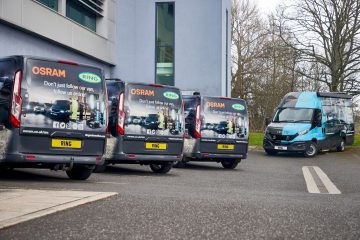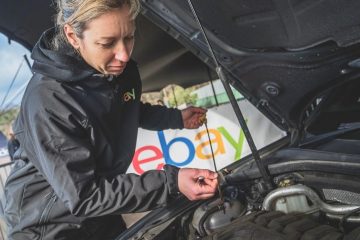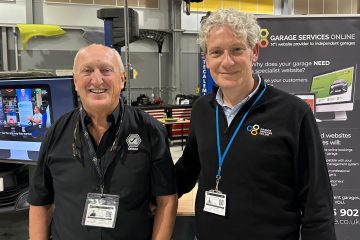The Institute of the Motor Industry (IMI) has published the final report from its Diversity Task Force, setting out steps to make a difference in the automotive industry.
The report throws the spotlilght on the lack of diversity in the sector, with the issue becoming increasingly critical the higher up the pay-grade. It also highlights a gap in knowledge when it comes to the make up of the sector’s workforce.
Led by IMI President, Professor Jim Saker and IMI Chief Operating Officer, Lesley Woolley and sponsored by Steve Nash, CEO of the IMI, the year-long project has had buy-in from key stakeholders right across the sector.
“The Task Force set out to understand how the sector can be more attractive to work in for all individuals”, explained Professor Saker. “We wanted to understand what groups are under-represented and what the experience is like if you are not part of the majority so that we can bring the issue of diversity and inclusion to the top of the agenda for automotive businesses. What has been particularly striking is that the lack of diversity – which unfortunately is already poor in our sector – becomes even more pronounced the higher up the pay-grade. Without diverse role models the sector will struggle to attract the talent that we urgently need as we face the biggest skills shortage for more than 20 years.
Job vacancies at all time high
Analysis from the IMI Diversity Report has found that automotive job vacancies are at their highest level for 20 years, with more than 23,000 places available, accounting for approximately 4% of the sector’s workforce. To turn the tide, a more diverse employment base is critical, while a lack of role models is a fundamental barrier to achieving this goal.
Analysis of data from the Office of National Statistics (ONS) for the sector has found that the proportion of non-white-British in senior roles in automotive retail (5%) is significantly less than non-white-British individuals in senior roles not in automotive (13%). The proportion of women in senior roles in automotive is also less than outside of the sector. There are 19% of women in senior roles in automotive compared to 39% in the non-automotive workforce. However, there are proportionally more disabled individuals in senior roles in automotive retail (15%) compared to those in senior roles outside of automotive (12%), albeit the difference is quite marginal.
As Professor Saker explained, analysis of the sector reinforced known perceptions, but also highlighted some real opportunities for small changes to make a big difference. “Automotive compares favourably to other sectors with regards to having a higher proportion of those with disabilities – although still under-represented when compared to 20% of the working population who are registered disabled. It seems that automotive attracts more people with hidden disabilities such as dyslexia, ADHD and other areas of neurodiversity than other comparable industry sectors. However, many employees are hidden by organisational cultures that don’t promote openness and discussion about the topic. Small changes to working practices can give the opportunity to unleash the full potential of these employees both for their own benefit and that of the organisation.”
“All the Task Force working groups said that culture needs to change, behaviours need to change” added Lesley Woolley. “That change needs buy-in from senior leadership. Each of the working groups also call for the industry to openly share more data on the make-up of the workforce to provide the benchmark to reflect on and measure against.”
Start of the change
The IMI Diversity Report, which the body believes should be seen as the start of change – not just the conclusion of the initial project – contains recommendations from each of the Working Groups and calls for further input from those working in the sector. It also identifies five actions it is asking all automotive employers to take to make a difference:
- Strategic Importance – Signal your commitment to the whole business by putting diversity and inclusion on every Board and Senior Leadership team agenda.
- Know your Workforce – Many people choose not to share information about disability, gender, sexual orientation, religion, ethnicity etc, with their employer. Make a commitment to understand your staff through better data collection and communication.
- Small changes, big difference – Many workplace changes or adaptations require very little investment but can significantly improve someone’s ability to perform their job. Commit to asking your staff what changes would make a big difference to them.
- New Perspective – Commit to reviewing everything through a new ‘lens’ of diversity, equity and inclusion. Look at your policies, procedures, website, customer journey and ways of working, and collaborate with your colleagues to create an inclusive environment.
- Change Perceptions – To attract and retain talent into the automotive sector we need to clearly demonstrate that great career opportunities are open to all. Commit to proudly showcase a diverse senior leadership team or use diverse role models in outreach programmes for schools, for example. If you are proud to work in automotive, shout about it!
“Through the enormous commitment made by so many, both from within and outside automotive, we have been able to deliver a Report that I believe provides the catalyst for organisations to make changes that will make a real difference”, concluded Professor Saker.
To download the Diversity Task Force Report please visit the Diversity Task Force website.



